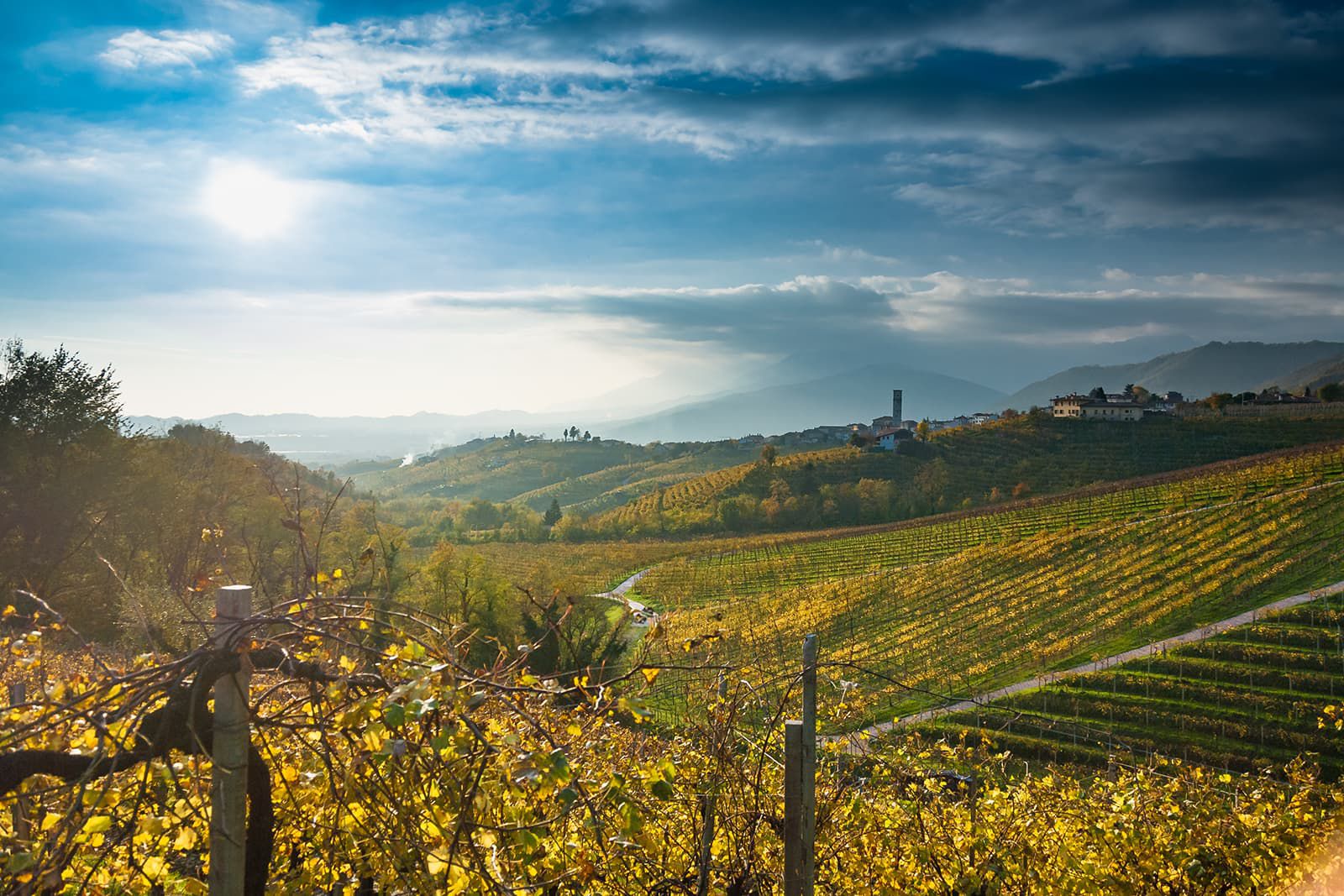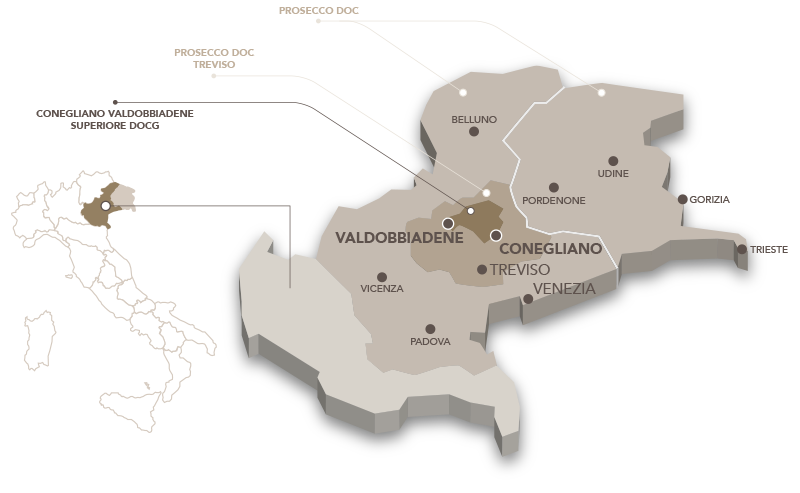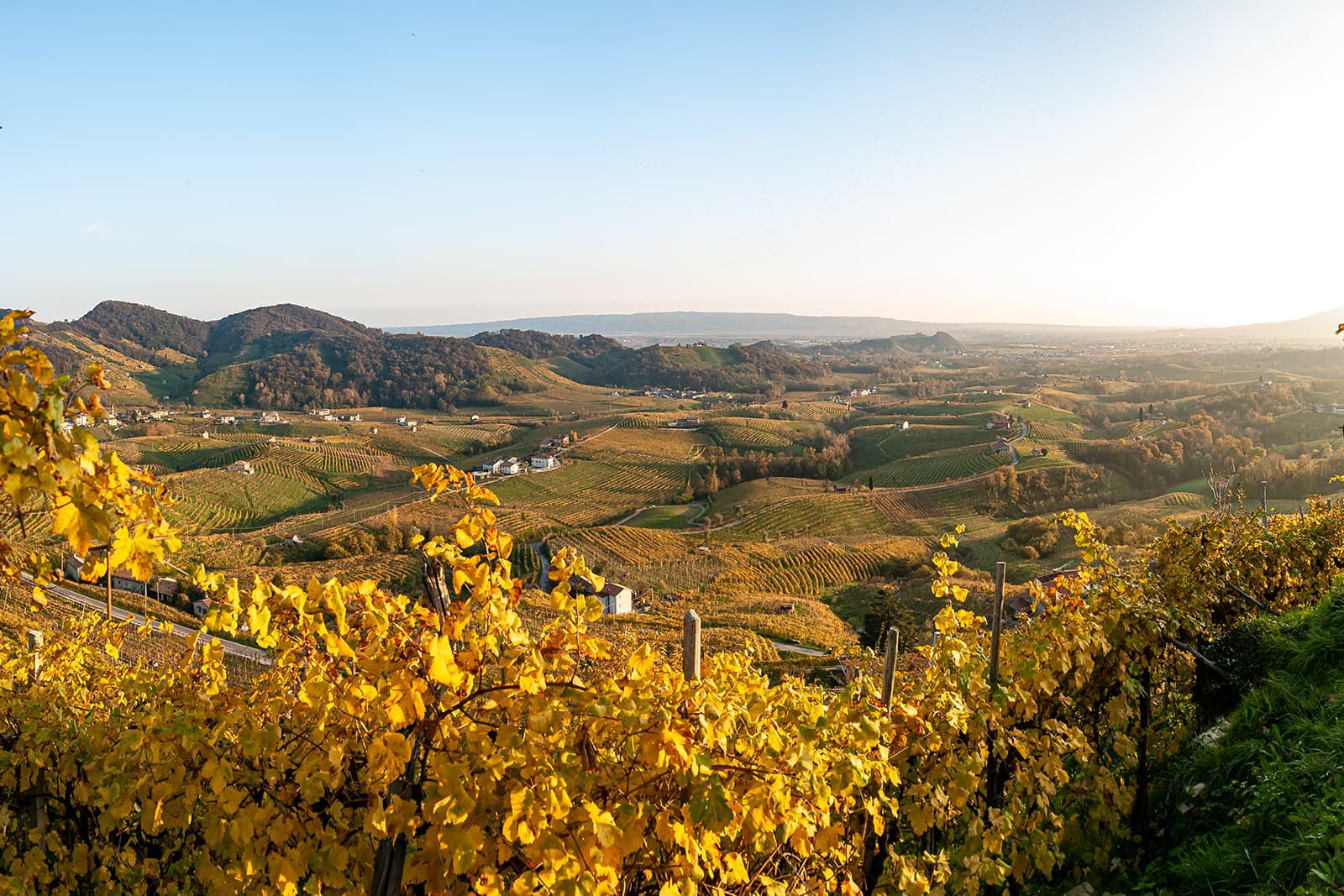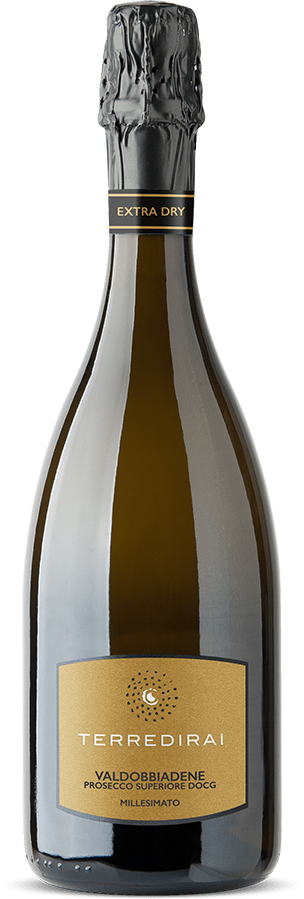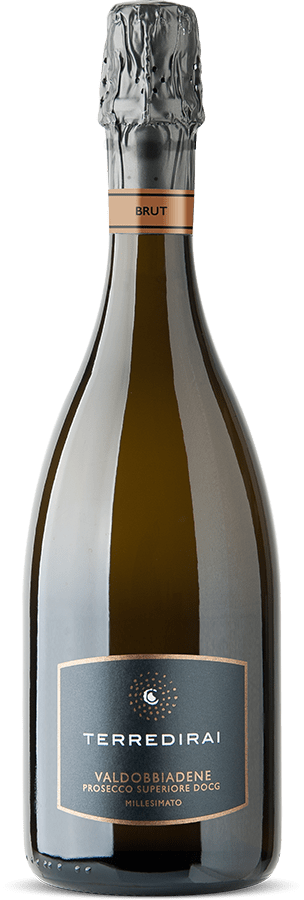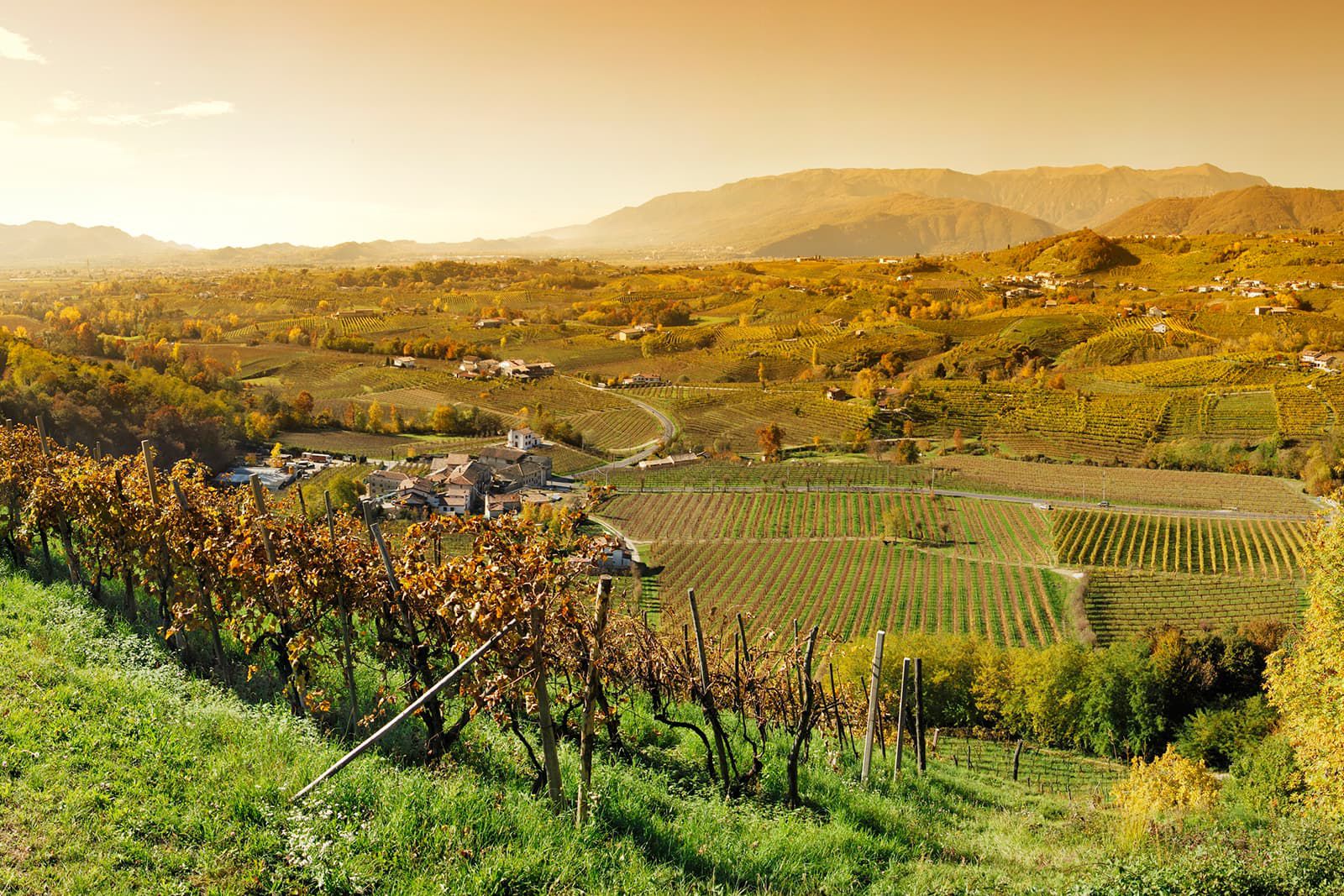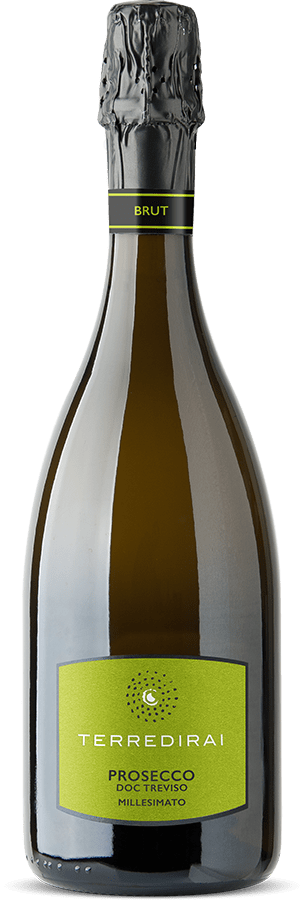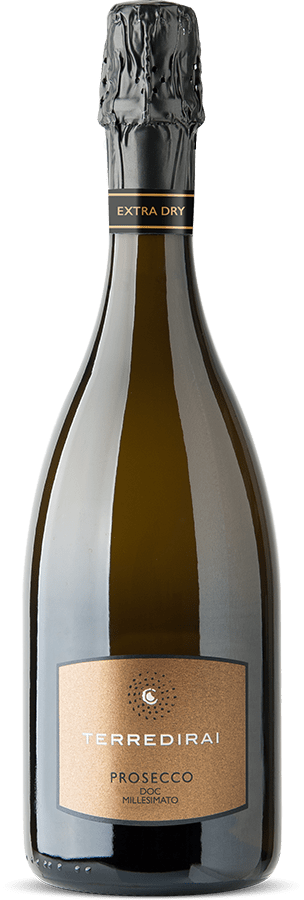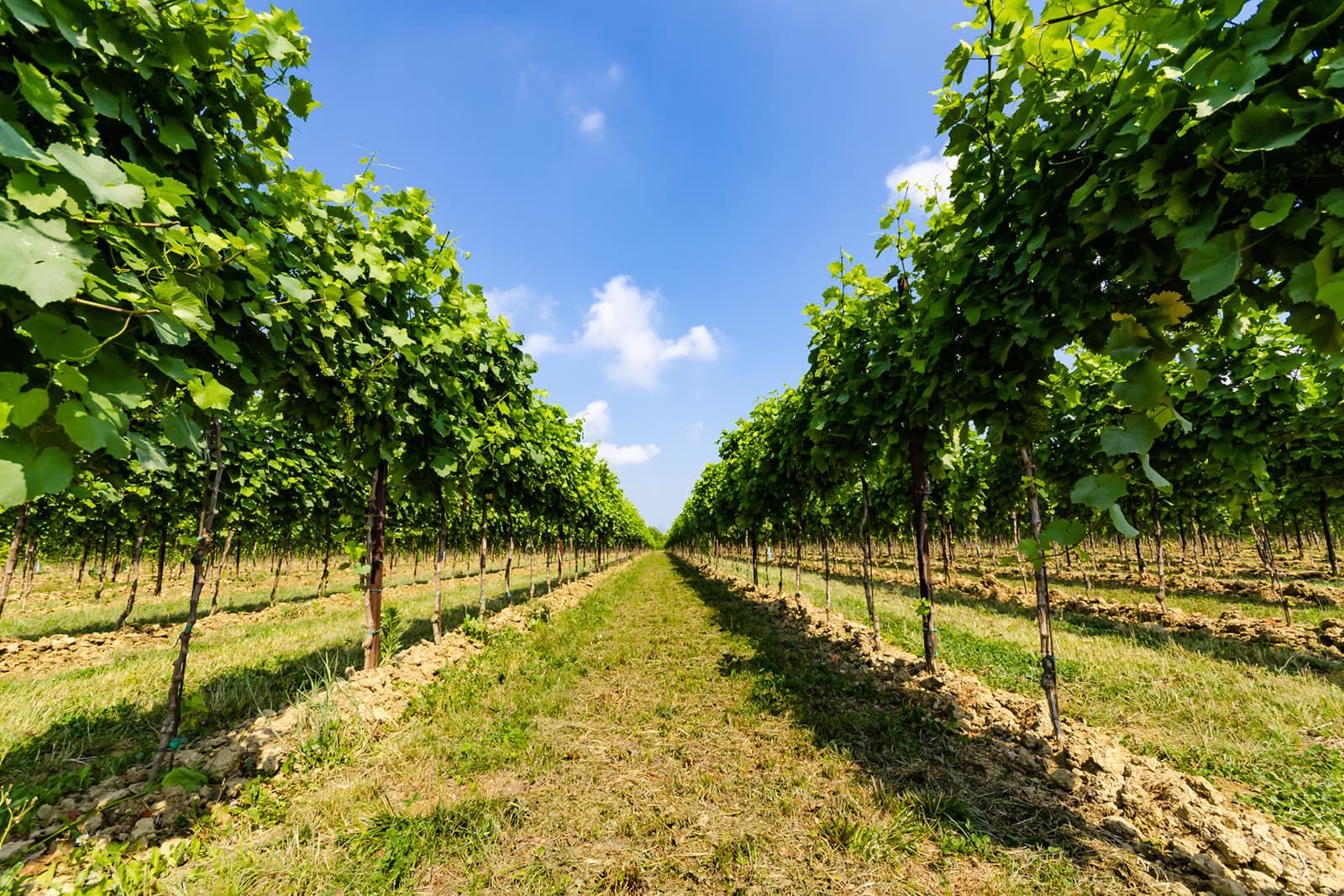The magic
of the Prosecco
The history of Prosecco began in Conegliano Valdobbiadene, a hilly area in North-East Italy, 50 km from Venice and around 100 from the Dolomites. In 2009, with the reorganization of the denominations for Prosecco, the Ministry of Agriculture classified it as a Denomination of Controlled and Guaranteed Origin (DOCG), the highest level of quality for Italian wines. Conegliano Valdobbiadene represents the top of the quality pyramid for Prosecco which includes the Asolo DOCG and the Prosecco DOC, covering 9 Provinces in the Veneto and Friuli Venezia Giulia, created to protect the viticultural heritage of Prosecco and defend it around the world.
